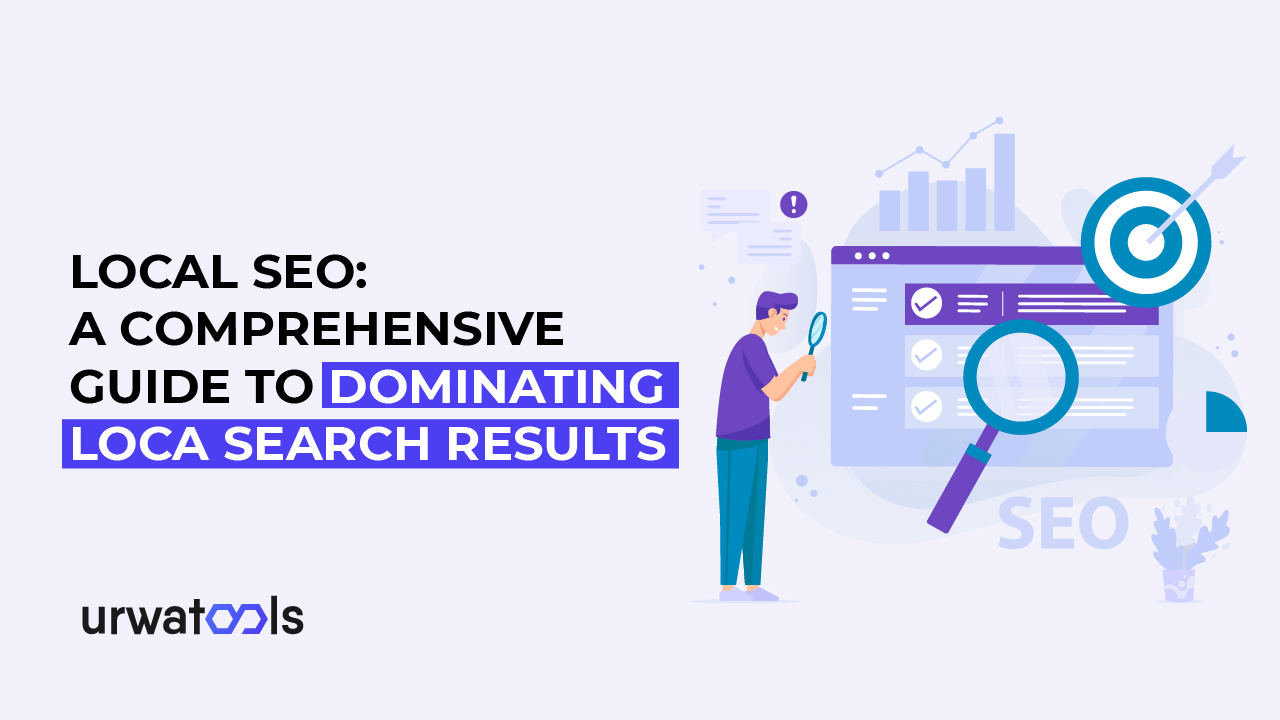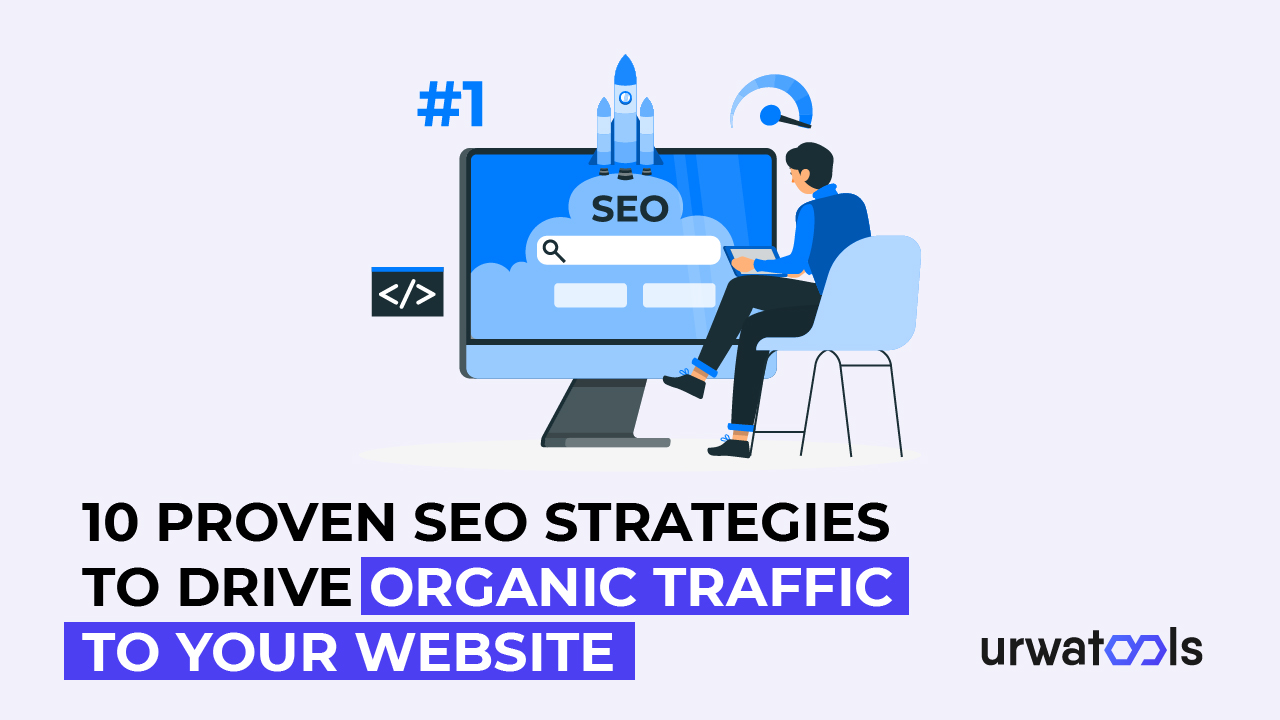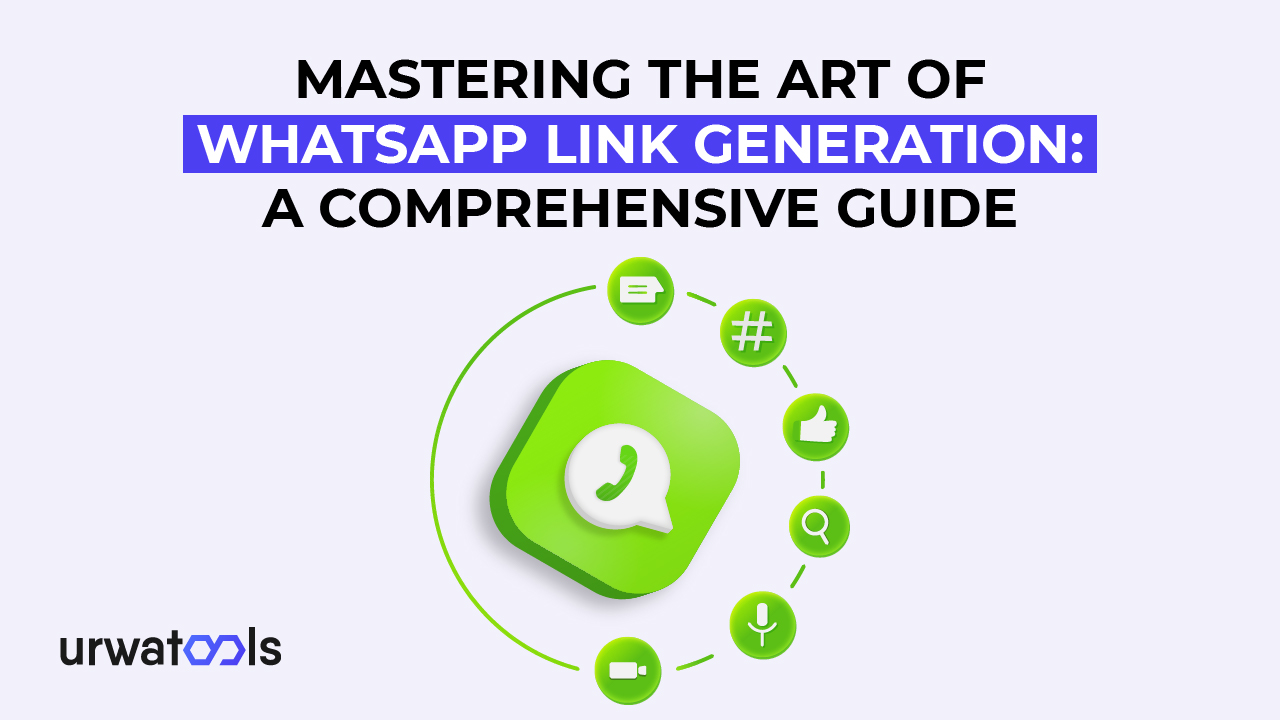1. Introduction to Local SEO

Local companies face strong competition to acquire clients online in today's digital world. Local SEO (Search Engine Optimisation) is critical for businesses looking to dominate local search results and get visibility among their target audience. This in-depth book will provide ideas and tactics for optimizing your online presence for local search.
2. Understanding the Importance of Local SEO

Local SEO improves your website and online profiles' visibility in local search engine results. Search engines like Google attempt to give the most relevant results depending on the user's location when potential consumers search for local items or services. You can boost your exposure, bring targeted visitors to your website, and eventually expand your business by employing efficient local SEO methods.
3. Key Factors for Local SEO Success

i. Optimizing Your Website:
It is critical to optimize your website for local SEO. Begin by ensuring that your website has a clear structure and is easy for visitors and search engine crawlers to navigate. Include local keywords in your meta tags, headers, and content. In addition, concentrate on producing high-quality, useful, and interesting material for your local audience.
ii. Making use of Google My Business:
Google My Business (GMB) is an excellent tool for businesses to manage their online visibility on all Google platforms. Create and maximize your Google My Business page by giving correct and up-to-date information about your company, such as your address, phone number, and business hours. Encourage consumers to post reviews on your GMB listing since positive ratings will help you rank higher in local searches.
iii. Creating Local Citations:
Local citations are online references to your company's name, address, and phone number on other websites. These citations help search engines verify the integrity of your business and improve your local search presence. Ensure that your NAP information is consistent across all platforms, and consider putting your company in relevant local directories and industry-specific websites.
iv. Obtaining Online Reviews:
Online reviews and ratings are extremely significant for local SEO. Positive reviews increase trust and legitimacy; search engines use them to calculate rankings. Encourage e-commerce consumers to submit reviews on sites like Google, Yelp, and industry-specific reviews.
v. Implementing Local Schema Markup:
Schema markup is a structured data format that exposes more information about your business to search engines, such as reviews, ratings, business hours, etc. Using local schema markup on your website may improve the visibility and click-through rates of your search results, making it easier for the visitors to locate your company.
vi. Choosing local keywords:
Local SEO requires thorough keyword research. Identify relevant local keywords your target audience will likely look for and strategically include them in your website content. Focus on long-tail keywords incorporating location-specific terminology to enhance your chances of appearing better in local search results.
4. Local SEO Strategies

Local SEO methods are critical for companies who want to dominate local search results and acquire clients in their target geographical region. These techniques enhance visibility and generate website traffic from local searches. This section will look at successful local SEO tactics that may help firms establish a strong online presence in their local market.
I. Creating Location-Specific Landing Pages:
Developing location-specific landing pages is an effective local SEO approach, particularly for organizations with many locations or service regions. These pages should be optimized with relevant keywords, unique content, and localized information to meet prospective clients' needs and tastes. Businesses may target local search queries and give a personalized experience to prospective clients in each area by allocating individual landing pages to each area.
II. Ensuring NAP consistency:
NAP means Name, Address, and Phone Number. NAP information consistency across numerous web platforms is crucial for local SEO performance. Verifying that the company's name, address, and phone number are accurate and consistent on all online platforms, including the website, Google My Business page, local directories, social networking platforms, and other online listings, is critical. Inconsistent NAP information might mislead search engines and potential clients, affecting local search rankings.
III. Enhancing Mobile Responsiveness:
Optimizing mobile responsiveness is crucial for local SEO with mobile devices increasing. Websites should be designed and developed to provide an extraordinary user experience across different screen sizes and devices. Mobile-friendly websites load quickly, have easy-to-navigate interfaces and offer seamless functionality. A positive user experience improves engagement, reduces bounce rates, and signals search engines that the website is user-friendly, improving local search rankings.
IV. Implementing local link building:
Link building is a critical SEO component and equally significant in local SEO. Acquiring high-quality, authoritative backlinks from regional websites, directories, and industry-specific platforms is what local link building entails. Relationship building with local businesses, influencers, and organizations may lead to useful backlinks and recommendations. These local backlinks indicate to search engines that the business is well-known in the community, increasing local search visibility and organic ranks.
V. Engaging in Social Media Marketing:
Social media channels are ideal for engaging local audiences and promoting company products. Creating and maintaining active profiles on major social media platforms like Facebook, Instagram, Twitter, and LinkedIn is critical. Businesses may enhance brand exposure, encourage customer loyalty, and drive website traffic by continuously providing relevant and entertaining material, communicating with followers, and participating in regional dialogues.
VI. Utilizing local business directories:
Listing the company in local and internet business directories is critical for local SEO. Finding appropriate local and industry-specific directories and reviewing websites where the company might be included is critical. Accurate and up-to-date business information, including NAP details, should be given when constructing these ads. Consistent and complete listings boost the company's internet exposure, local search ranks, and chances of gaining local clients.
Businesses may increase their visibility in local search results using these local SEO methods. They may also generate targeted local traffic and gain a competitive advantage in their geographical region. It is critical to understand that local SEO is an ongoing process that includes constant monitoring, optimization, and adaptation to changing search engine algorithms and consumer behaviors. Regularly analyzing local SEO KPIs and making relevant changes can help firms maintain their local search presence.
5. Measuring and Tracking Local SEO Success
Measuring and measuring your local SEO efforts' performance is critical for understanding your methods' efficacy and making educated optimization decisions. Businesses may gain insights into their regional search performance and find areas for development by monitoring key indicators and analyzing data. This section will examine some essential indicators and strategies for monitoring and tracking local SEO success.
I. Installing Google Analytics:
Google Analytics is a sophisticated tool that gives useful information on website traffic, user behavior, conversions, and other topics. Businesses should set up Google Analytics and set it up appropriately to capture significant indicators to assess local SEO success. Some significant metrics to consider are:
• Organic Search Traffic: Keep tracking the organic traffic on your site. This indicator measures how well your website ranks in local search results and draws visitors.
• Bounce Rate: The bounce rate is the number of visitors that leave your website after reading only one page. A high bounce rate may suggest that your website fails to satisfy users' expectations or has difficulties with user experience.
• Time on Page: This indicator shows how much time visitors spend on each page of your website on average. A higher average time on the page indicates that your material is interesting and relevant to your readers.
• Conversion Rates: Monitor conversion rates for local targets, including form submissions, phone calls, and online transactions. This indicator assesses the success of your local SEO strategy in directing visitors to take the intended activities.
II. Monitoring Local Search Rankings:
Monitoring your website's rankings in local search results is essential to gauge your local SEO success. While tracking rankings manually for all keywords can be time-consuming, tools and software can automate the process. Here are some methods to monitor local search rankings:
• Google Search Console: Employ Google Search Console to see your website's average position in local search results for certain keywords. It also offers information on impressions and click-through rates.
• Third-Party SEO Tools: Use third-party SEO tools such as Moz, SEMrush, or Ahrefs. These tools give extensive information on keyword ranks, visibility in local search results, and complete rank-tracking features.
• Local Rank Tracking Tools: Tools for tracking local rankings are provided. These solutions deliver localized data and insights, allowing you to track progress in specific places or target areas.
III. Analyzing Website Traffic and Conversions:
Analyzing website traffic and conversions from local searches provides valuable information about the effectiveness of your local SEO strategies in driving relevant traffic and conversions. Here are some metrics to analyze:
• Organic Search Traffic: Segment your website traffic data to determine the percentage of local search traffic. To evaluate the impact of local SEO efforts, compare organic search traffic performance from different geographical locations.
• Landing Page Performance: Assess location-specific landing pages. Examine data such as page views, page load time, and bounce rates to establish whether the landing pages engage and effectively convert local visitors.
• Conversions to Goals: Keep track of conversion rates for local targets like form submissions, phone calls, and online transactions. Analyze the data to understand trends and patterns before optimizing your local SEO strategy.
IV. Tracking Online Reviews and Ratings:
Online reviews and ratings are crucial in local SEO and reputation management. Monitoring and responding to reviews is essential for maintaining a positive online reputation and attracting more customers. Here's how to track online reviews and ratings:
• Google My Business: Regularly check and reply to reviews on your Google My Business profile. Engage with consumers, answer their questions, and thank them for their positive remarks.
• Social Media sites: Keep an eye on reviews and ratings on social media sites where your company is present. Respond to comments swiftly and professionally to demonstrate your dedication to client happiness.
• Review Aggregation Websites: Track reviews using tools or manually on prominent review aggregation websites such as Yelp, TripAdvisor, or industry-specific platforms. Responding to reviews and having a high overall rating will boost your exposure in local searches.
By measuring and tracking these metrics, businesses can evaluate the effectiveness of their local SEO strategies and make data-driven optimization decisions. It's critical to regularly analyze the data, adapt strategies accordingly, and stay updated with the latest trends and changes in local search algorithms. Review aggregation websites will enable you to maintain a competitive edge in the area market.
6. Common Local SEO Mistakes to Avoid
Avoiding typical errors that might hinder your performance when applying local SEO methods is critical. Here are some errors to avoid:
Businesses that want to capture local search results. However, knowing the typical traps that might hinder your local SEO performance is critical. Businesses can increase their local search exposure, attract more customers, and stay at the top of the competition by avoiding these blunders. This section will discuss some typical local SEO blunders to avoid.
I. Inconsistent NAP information:
One of the most fundamental mistakes made by organizations is having inconsistent NAP (Name, Address, Phone Number) information across multiple web platforms. Consistency must be clarified for search engines and potential clients, leading to a drop in local search rankings. Ensure the accuracy and consistency of your NAP information throughout your website, Google My Business page, local directories, and other online listings.
II. Ignore your Google My Business profile:
Google My Business (GMB) is an excellent tool for local businesses that should be noticed. Ensure you claim and validate your GMB profile, give correct and up-to-date information, and optimize it with relevant keywords and engaging descriptions. Update your GMB profile regularly with updated articles, photographs, and announcements to engage consumers and boost your local search visibility.
III. Overlooking Online Reviews:
Online reviews and ratings heavily influence local SEO and online reputation. Neglecting or neglecting to respond to online reviews can undermine your company's reputation and limit your ability to attract new customers. Encourage consumers to submit reviews, reply to comments quickly and professionally, and resolve any problems stated. Participating in reviews displays your dedication to client satisfaction and increases your chances of gaining new customers.
IV. Ignoring local keywords:
Local SEO success requires relevant local keywords. Ignoring local keywords or neglecting to optimize your content with location-specific phrases might reduce visibility in local search results. Conduct extensive keyword research to uncover relevant local keywords and carefully include them in your website's content, meta tags, headers, and picture alt text. Ignoring local keywords can assist search engines in understanding your company's geographical relevance and increasing your local search rankings.
V. Neglecting mobile optimization:
With the growing usage of mobile devices for local searches, failing to optimize for smartphones might damage your regional SEO efforts. Ensure your website is mobile-friendly, loads quickly, and offers an excellent user experience. Optimize your website's style and layout for tablet displays, use responsive design, and prioritize quick page loading rates. Mobile-friendly websites rank high in local search results and attract smartphone users.
Businesses may boost their online search exposure and acquire targeted potential clients by avoiding these typical local SEO blunders. Regularly evaluate your local SEO methods, remain current on industry trends and algorithm updates, and adjust your strategy accordingly. Taking a proactive approach and avoiding these blunders will assist you in maintaining a competitive advantage in the local market and driving business growth.
7. Local SEO Future Trends and Predictions
As search engines and consumer behavior evolve, local SEO will also change. Here are some future trends and predictions:
1. Voice Search Optimisation: As voice assistants such as Siri, Alexa, and Google Assistant grow more popular, your voice search content will become increasingly vital for local companies.
2. Hyperlocal Targeting: As location-based technology advances, fir can target incredibly precise local audiences, enabling more personalized and relevant marketing efforts.
3. Augmented Reality (AR) for Local Businesses: AR technology will improve the customer experience for local businesses. AR elements on your website or in-store may attract and engage customers in novel ways.
4. Improved User Experience (UX): Search engines will continue to favor websites that provide exceptional user experiences. Local SEO success will depend on website speed, straightforward navigation, and appealing design.
5. Online and Offline Experience Integration: Local firms that integrate their online and offline experiences will have a competitive advantage. Online appointment booking, curbside collection, and local event collaborations will become more significant.
8. Conclusion
Dominating local search results requires an effective local SEO approach. Increase your local search exposure and attract more clients to your business by optimizing your website, utilizing Google My Business, generating local citations, gaining online reviews, and applying other efficient techniques. Maintain a competitive advantage in the local market by staying up to speed on the newest local SEO trends and regularly monitoring and refining your efforts.







